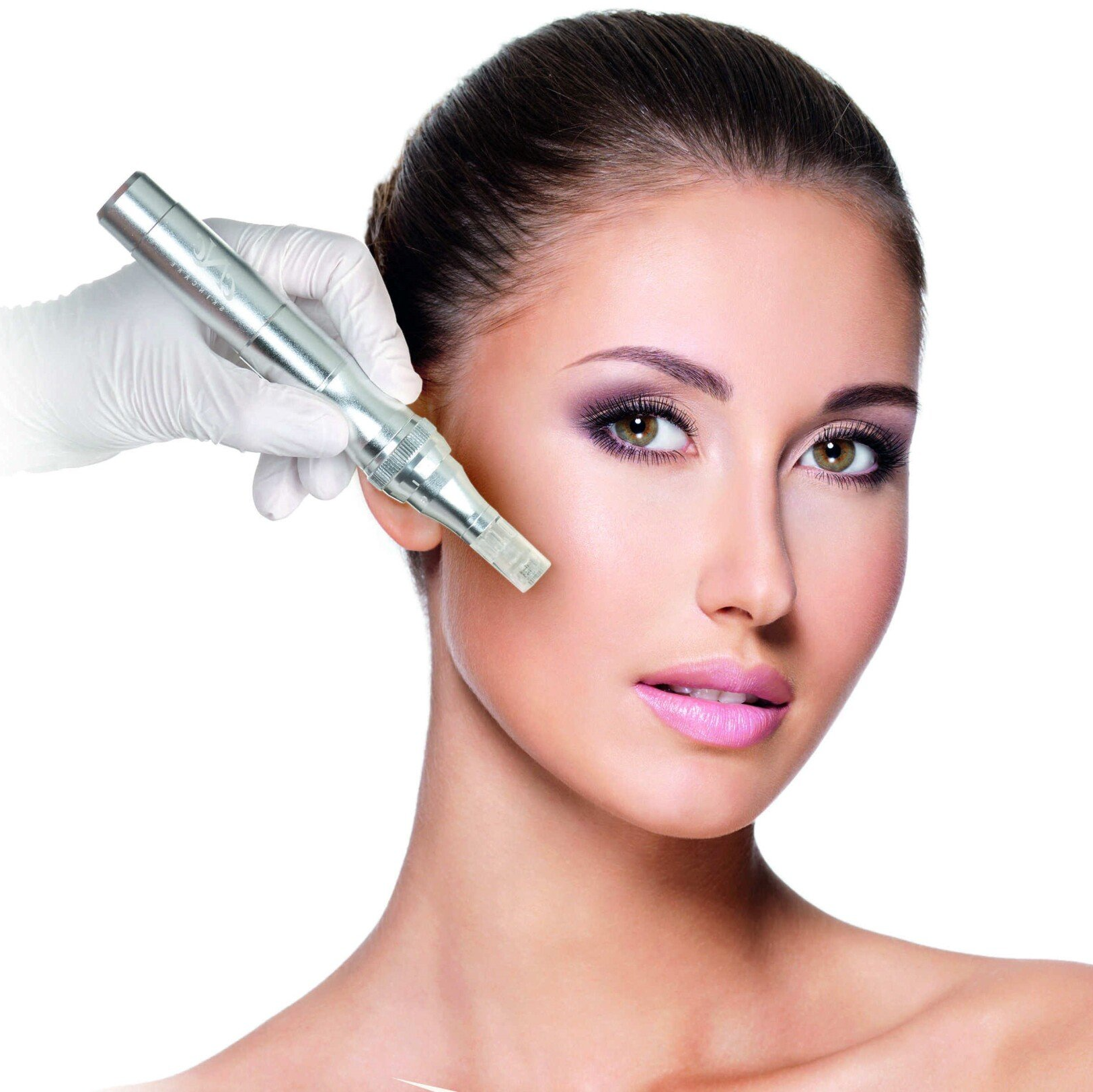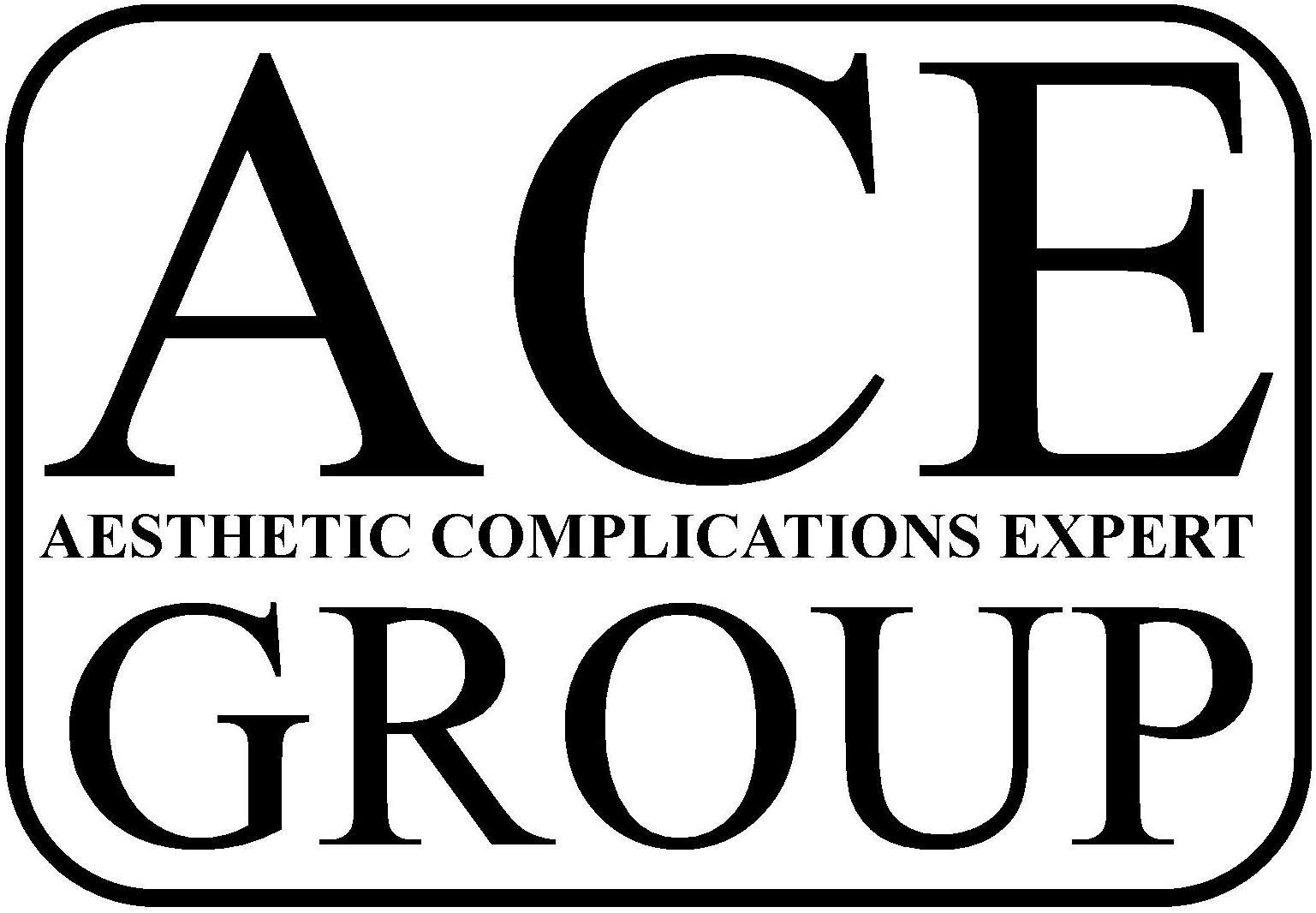Microneedling: Collagen induction therapy
Microneedling is a minimally invasive cosmetic procedure that’s used to treat skin concerns via collagen production. Also known as collagen induction therapy, this treatment may help those looking to reduce the appearance of ageing, acne scars and stretch marks.
It’s also used in certain anti-aging procedures, such as eyelid surgery and sun spots. Microneedling isn’t effective for hair loss, despite the possible role of collagen in hair growth.
You may be an ideal candidate for this procedure if you’re in good health and have certain skin concerns that haven’t responded to home treatments or other types of dermatologic procedures, such as peels.
This may also be a final step before considering cosmetic surgery for anti-aging and other concerns. Learn more about microneedling and talk to your clinician to see if this is the right option for your skin.
Microneedling FAQs
- How much does microneedling cost?
Since microneedling is considered a cosmetic or aesthetic procedure, it’s not covered by insurance. We can help you afford your treatments better by structuring a payment plan for you.
You’ll want to consider all the cumulative costs before committing to the procedure so you won’t have any surprise bills.
If you decide to take time off work, you may also need to consider ways to off-set any lost worktime hours. However, most people are able to go back to work or school right away.
- How does microneedling work?
Microneedling works by encouraging your skin to make more collagen. The idea is that pinpricks from the procedure cause slight injury to the skin and that the skin responds by making new collagen-rich tissue. This new skin tissue is, in turn, more even in tone and texture. It’s normal for the skin to lose collagen via age or injury. By encouraging the skin to make new tissue, there may be more collagen to help make the skin firmer, too.
- Procedure for microneedling
During the procedure, your doctor makes small pricks under the skin with a pen-like tool. The pinpricks are so small that you likely won’t notice them after the procedure. Your doctor will move the tool evenly across your skin so that the new skin that rejuvenates will be even, too. Before getting started, your doctor will use a topical anesthetic to reduce the chances of pain. This is done about 30 minutes before your treatment, the actual microneedling process takes approximately 45 minutes. Your doctor will apply a serum and calming treatment. In total, you can expect to be at the surgery for a couple of hours at least.
- Targeted areas for microneedling
Microneedling is most often used on your face to target:
- acne scars
- age spots (also called “sun spots”)
- fine lines and wrinkles
- large pores
- other types of scars
- reduced skin elasticity
- uneven skin tone
In addition to facial concerns, microneedling is sometimes used to treat stretch marks in other areas of the body. One study found that microneedling was effective for stretch marks on the thighs and abdominal area when combined with fillers. Scarring on other body parts may also be treated with this procedure. However, microneedling is primarily used on the face.
- Are there any risks or side effects?
Like all cosmetic procedures, microneedling isn’t without risk. The most common side effect is minor skin irritation immediately following the procedure. You may also see redness for a few days. Call us if you notice more severe side effects, such as:
- bleeding
- bruising
- infection
- peeling
You may not be an ideal candidate for microneedling if you:
- are pregnant
- have certain skin diseases, such as psoriasis or eczema
- have open wounds
- have had radiation therapy recently
- have a history of skin scars
- What to expect after microneedling
Microneedling isn’t invasive like plastic surgery, so the recovery time is minimal. Most people require very little downtime, if any at all.
You may notice skin irritation and redness within the first few days following the procedure. This is a natural response to the small “injuries” made by the needles in your skin.
You can go back to normal activities after the procedure if you’re comfortable. Some people apply camouflaging makeup during the first few days as the redness dissipates.
Your skin will also be more sensitive to the sun, so sunscreen SPF50 is a must.
After microneedling, your skin works fairly quickly to rejuvenate new tissue. In theory, you should see results within a couple of weeks.
To maintain the results of your treatment, you’ll need multiple sessions and perhaps other complementing treatments. We will advise you on the best plan of action based on your individual goals.
- Preparing for microneedling
Before the procedure, talk to us about ways you can prepare so you have the best possible outcome. Rejuvapen suggests a specific regime both pre and post treatment using Medik8 products. You may need to stop taking certain medications, such as ibuprofen and those for acne treatment, well in advance of the procedure. Your doctor may also recommend that you stop using topical retinoids beforehand too. Doing so may reduce the risk of certain side effects.
- Microneedling vs. home rollers
Microneedling is a professional procedure that’s performed by a certified clinician only. In an effort to save money, some people opt for home rollers instead. Unlike professional microneedling, these rollers don’t puncture the skin very deeply.
While this might seem a less painful option, the problem is that you won’t achieve the same results. The punctures made during professional microneedling are designed to induce skin rejuvenation..
If you’re interested in more dramatic, long-term results, microneedling is a better option than a store-bought roller device. You may still choose to try the latter version if you want less invasive (and more temporary) results.
- Could there be complications?
As with any sort of injection, there can be some bruising and minor swelling, although this is not severe and resolves within a few days. Very rarely the toxin reaches the upper eyelid muscle and this can result in a slight drooping. This is the most significant complication and occurs in less than 1% of all injections. This likelihood of this complication is reduced by proper placement and accurate dosage, as well as the patient keeping upright for 3-4 hours after injection. Special eye drops are available to reduce the drooping, if it occurs.
- After receiving my treatment, how can I help it to be more effective?
Do not massage the area of the injection. Do not lie down – keep upright for about 3-4 hours. Using the muscles intentionally will help to localise the toxin to the selected muscle.
- What are the alternatives?
Filling agents such as Restylane® may help to eliminate deeper expression lines.
- What happens if I stop the treatment?
Lines will gradually return to their pre-treatment appearance. However, with repeated treatments over approximately 18 months, a change in the activity of these muscles can reduces lines more permanently.
Microneedling aftercare
- What will I notice after my procedure?
The following side effects may occur straight after your microneedling procedure in the treated area but will usually subside within 2-3 hours of treatment.
- Redness
- Tightness
- Skin feels warm to the touch
- Moderate sunburn appearance
Rest assured that these symptoms are normal reactions to this type of treatment and will normally wear off within 48 hours with only a slight redness the following day, which can last up to 3-4 days.
In the following weeks the skin texture and tone will start to improve as new skin cells are generated and blood supply is enhanced. Skin appears tightened and fine lines and wrinkles are reduced as new collagen is formed and matures.
The process will take at least 6 weeks and continues for up to 6 months or more, providing a natural and long lasting enhancement to the skin.
- What care should be taken after treatment?
You must apply a sunscreen daily, with a minimum of SPF 30, throughout the course of treatment and thereafter to protect your skin from sun damage. It is advisable to use the SPF recommended by your practitioner to promote the best possible protection for your skin. Your practitioner will apply a recovery immediately after the procedure to help soothe and calm the skin. You may continue to use this recovery cream 3 times a day until the redness has settled. You can obtain the products from the practitioner. You can use tepid water to cleanse the skin for the first 48 hours, then dry the skin gently and avoid chemical products during this time, Always ensure that your hands are clean before touching the skin to reduce the risk of infection. Please only use products recommended to you by your practitioner.
Cold sore sufferers will need to take preventative treatment, starting the day before treatment and continuing for 5 days.
- When should I book my next treatment?
A course of 3-4 treatments is recommended at 4-8 week intervals. Your practitioner will advise you of a treatment plan and when to book treatments.
- Things to avoid post treatment:
Swimming or heat treatments such as sunbeds, saunas, Jacuzzis or self-tan applications for up to 24 hours.
Hot baths or showers for a minimum of 12 hours.
Applying any makeup for 12 hours.
Intensive exposure to sunlight or artificial UV exposure for a period of at least two weeks after your treatment.
We want you to be delighted with your treatment. If you notice any unusual reactions or side effects that are not noted above or have any questions about your treatment please contact us.
Microneedling: Collagen induction therapy price guide
1 treatment
£300 – £400 per area
2 treatments
£500 – £750 per area
3 treatments
£750 – £1000 per area
4 treatments
£950 – £1150 per area
Sarah Burns Aesthetics



